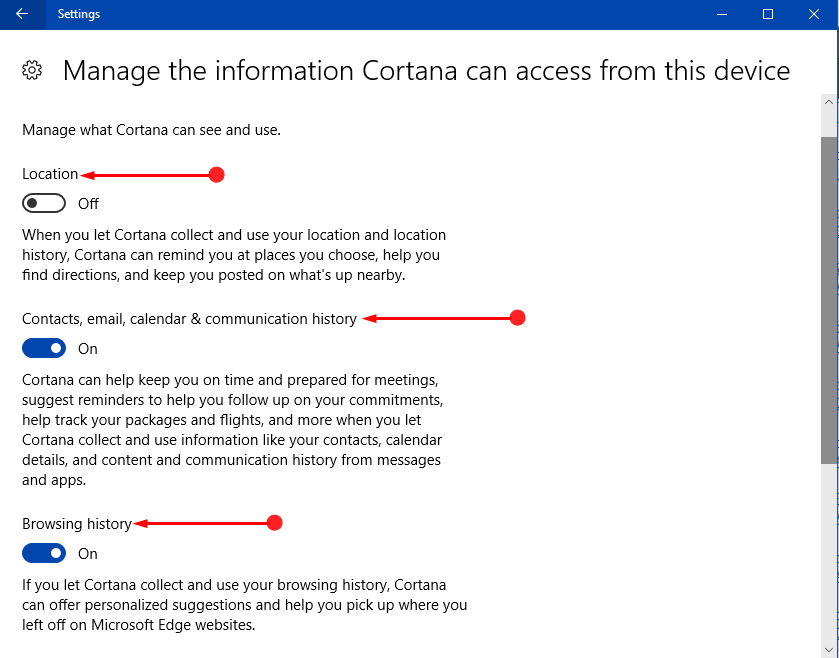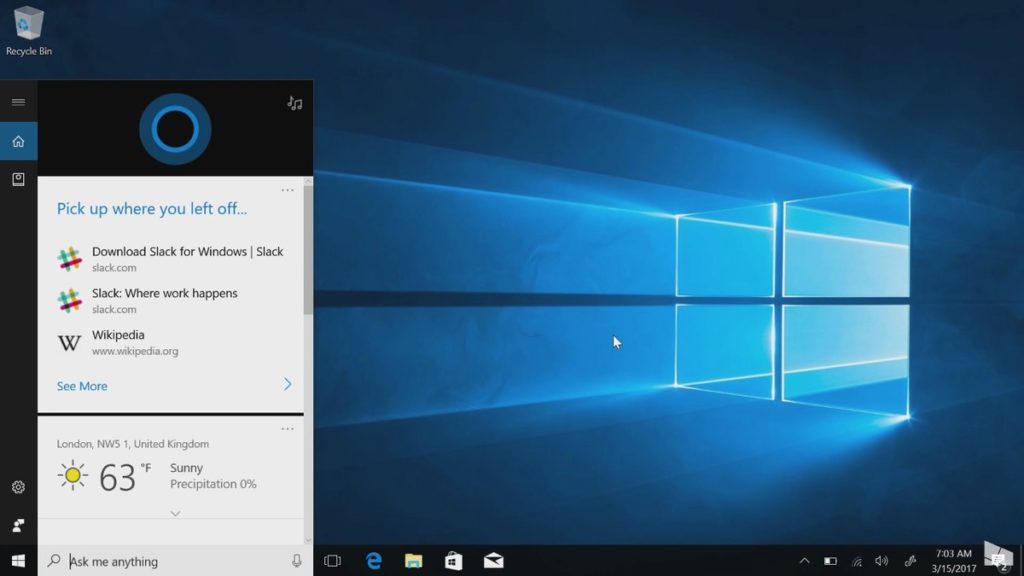


Mark Hachman / IDGīut a better way of navigating Timeline is via Activities, which are organized by time of day. Theoretically, Timeline can go back weeks, months, or even years-but we’ll only be able to confirm that as the months go by. In that case, you’ll see an obscure URL or string of characters, rather than the actual photo or object inn question. Timeline struggles when it can’t actually open the document it records, such as a photo within Photos that apparently hadn’t yet been backed up to OneDrive. One way of navigating Timeline is by the slider… If you opened a PDF, for example, you’d better hope you opened it within Edge. Otherwise, Activities cover the standard Office apps (Word, PowerPoint, Excel, and more) as well as Edge. But I saw only one occasion where Microsoft tracked my browsing within Chrome or another browser. Most of the productivity apps within Windows are owned by Microsoft, including Office. The problem with Timeline, unfortunately, is that’s its unquestionably Microsoft-centric. The assumption is that an Activity represents all of the documents you were working on at any one time: a budget spreadsheet, say, along with a few supplementary webpages and possibly a report authored within Word.īecause it archives pretty much everything, Timeline can be a bit of a mess without some organization.

Timeline will also collect those documents you used at a given time into what Microsoft calls Activities. But instead of just tracking which websites you visit, Timeline tracks most of the applications you use, and the documents that you opened and edited. If you’ve ever checked your browser history, you’ll have a good idea of how Timeline works. If you sign in with the same account on another PC, you’ll be able to pick up where you left off no matter which PC you use. If you check the first and the second, your activities, and Timeline, will sync across devices. Checking the first box, though, collects your activities from only this PC. The first checkbox is simple enough: If it isn’t checked, Windows will essentially disable Timeline. Make sure you search for “Activity History” when trying to manage your Timeline settings. If you don’t, or you’d like to manage how Microsoft uses your information, visit the Settings menu at Settings > Privacy > Activity History. There, you’ll have two options to check or uncheck: Let Windows collect my activities from this PC, and Let Windows sync my activities from this PC to the cloud. Windows assumes that you want Timeline turned on. Timeline lives within a familiar location at the left side of your taskbar.


 0 kommentar(er)
0 kommentar(er)
